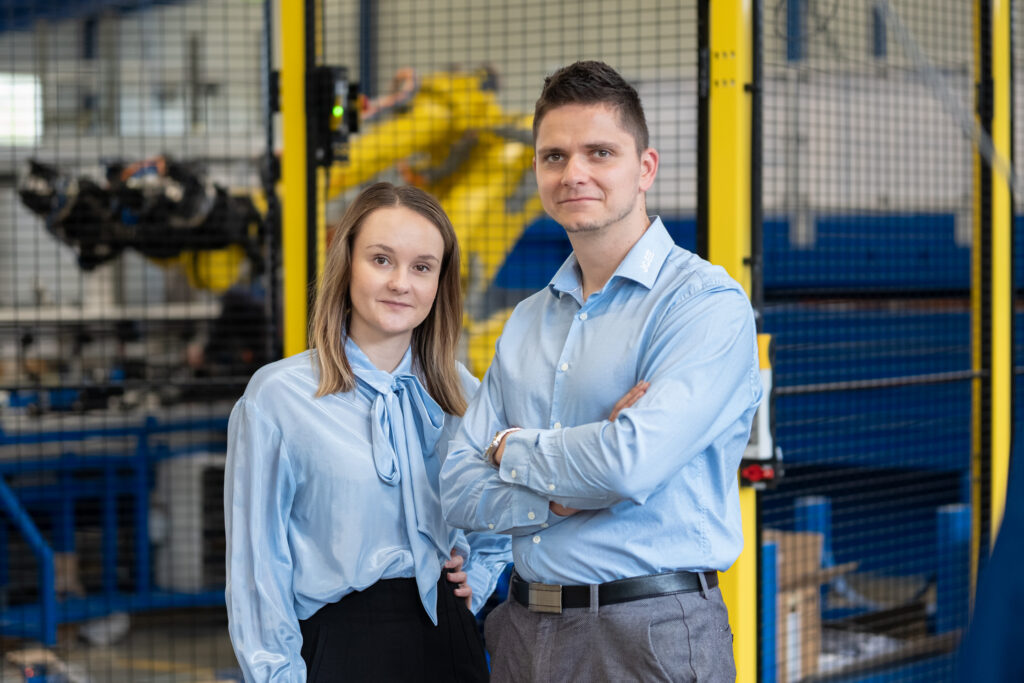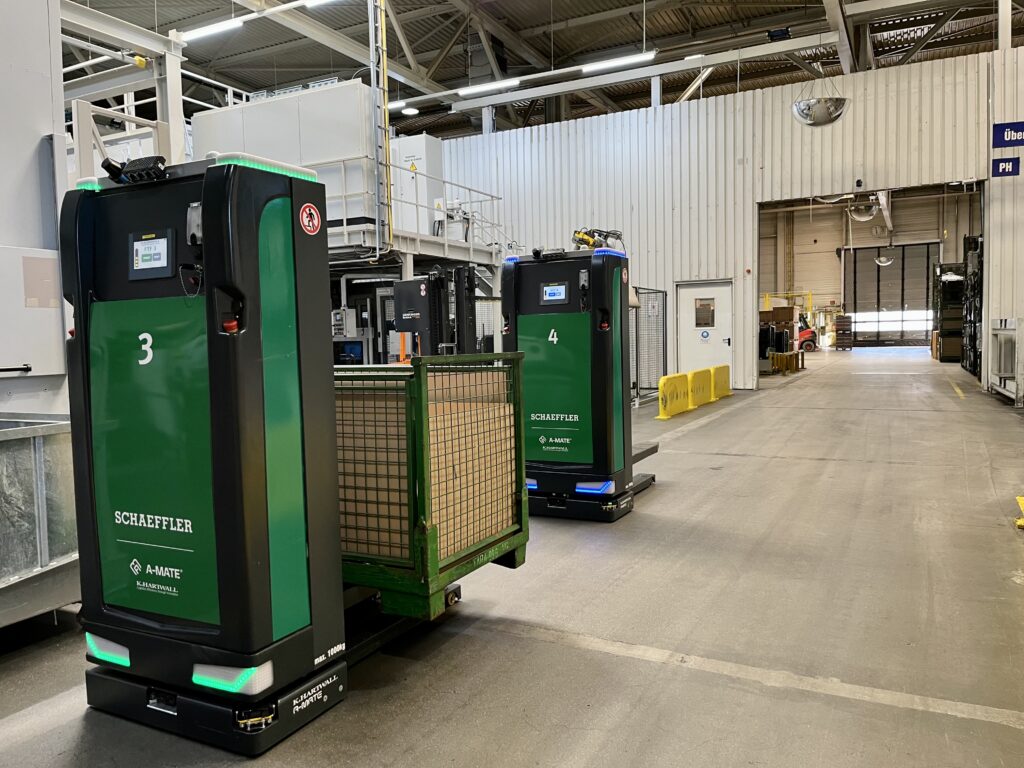Since the outbreak of Covid-19, the world is facing unprecedented challenges. The postal and parcel industries have seen massive changes as panic buying – especially online – has suddenly created the equivalent to a peak season and parcel volumes have globally gone through the roof. There is a lot of uncertainty in the air, which makes planning for the future very challenging. No one knows how long this will last or what will happen once things start settling down. There might be permanent changes such as increased travel restrictions or increasing number of remote meetings with customers and other stakeholders. From an operational perspective, what are the things postal and parcel companies should be considering to be better prepared for the coming years?
Now is the right time to automate. Both AGV and robotics technologies have evolved rapidly over the last couple of years. They are today very reliable and generally require little maintenance. When and if the next pandemic hits, it would pay off to be less dependent on labor. However, opting for either AGVs or robotics is a big step as existing infrastructures are often built around loose loading of parcels or pallets with cardboard sleeves. Automation requires standardization. It is much easier to implement robotics and AGVs with load carriers, as they keep their shape and tolerances, which is a must for an automated logistic environment to function seamlessly. High quality load carriers are the enabler for reliable parcel operations to start using robotics and AGVs. Transformational changes are always difficult but are usually easier to drive into the organization in exceptional circumstances such as the ones we are living in right now.
Now is the right time to focus on being fast and flexible. Companies should build flexibility in the core of their operations. When possible, avoid fixed structures which are slow to implement use and have a long payback time. Consider more flexible automatic solutions such as AGVs and tugger train systems instead. Use load carriers that can be operated by AGVs, traditional MHE and manually as well, to scale up and down fast when needed.
The increasing demand for both speed and flexibility are creating a pressure for many parcel operators to start using load carriers instead of current loose load technologies. The main benefits include less time and labor required to load and unload trucks, enabling continuous flow of goods and significant increases in loading dock throughputs and truck utilizations rates. Load carriers can also make pick-ups more frequent, facilitating later cut-off times. Furthermore, packages can be pre-sorted, an act that paves the way for ‘zone skipping’ (cross docking). In the right conditions, load carriers remove the need for telescopic conveyors, as well as diminishing the requirement for ‘swap bodies’, such as containers.
Build long-term partnerships based on trust. Choose companies that produce globally but act locally to enable fast and seamless communication and minimize risk of delivery disturbances. Always think about the total cost of ownership and don’t forget to include the risk factors and what-if scenarios- this will for sure be a must after the current Covid-19 outbreak. Unit cost is often the number one criteria but should not be the only decision factor.
Keep control and improve visibility to plan better. Advanced tracking systems and modular containers can help parcel operators to improve their capabilities to plan and optimize both cubic fill inside the load carriers and within the trucks. Most of the information to make it happen is already in current systems, but one more step is needed to reap the benefits. The hundreds of thousands of current Postal and Parcel roll cages could be a great source of both data and efficiency improvements. Load carriers are like a red blood cells in an organism, flowing through every sorting center, carrying vital goods before circling back empty for another tour. These units, when installed with IoT technology, could reduce manual scans and gather information about everything from routes to loop times and customer behavior.
In uncertain times it easy to cut down all developments and just try to survive. The winning companies, however, are the ones acting now and having the courage to make changes in the way they operate.



